Amazing discoveries and experiences await you in every issue of National Geographic magazine. The latest news in science, exploration, and culture will open your eyes to the world’s many wonders.
Animal Adaptations, Human Ingenuity
FROM COOP TO CATWALK • When a portrait photographer shifted his focus to poultry, he found his subjects to be coy, funny, and surprisingly similar to humans.
THE BACKSTORY • WITH HIS PORTRAITS, PHOTOGRAPHER ALEX TEN NAPEL AIMS TO SHOW THE PERSONALITIES OF POULTRY.
These Boots Were Made… of What? • SELLING ITEMS MADE FROM PROTECTED WILDLIFE MAY BE UNLAWFUL—BUT AS NATIONAL GEOGRAPHIC DISCOVERED, THAT’S HARD TO PROVE.
LAB TESTING
Know the Species
DISPATCHES FROM THE FRONT LINES OF SCIENCE AND INNOVATION
LIP-SMACKING FACE-OFFS • THESE FREAKY FISH MAY OPEN WIDE TO FLAUNT COLORFUL MAWS, WARN OFF RIVALS, AND DETER MOUTH-TO-MOUTH COMBAT.
Bats foiled by moth Darwin imagined?
VED CHIRAYATH • This scientist is on a mission to map the world’s oceans, centimeter by centimeter.
THE DAWN OF JAWS • New fossil discoveries from China shine light on a pivotal moment of evolution: the arrival of the first vertebrates with honest-to-goodness jaws.
MONSTERS OF SPRING • AN ANCIENT TRADITION IN SLOVENIA HAS REVIVED SOME OF ITS FORGOTTEN MASKED CREATURES.
URBAN HEIGHTS
MOON VIEWS IN RAINBOW HUES
FEATURES
THE FUTURE IS FOLDED • ORIGAMI HAS LONG INSPIRED ARTISTS. NOW IT’S BLAZING NEW TRAILS IN SCIENCE AND TECHNOLOGY.
ORIGAMI, EVERYWHERE • Engineers are increasingly turning to the centuries-old art of folding paper into three-dimensional forms to shape some of the modern world’s most ambitious designs. The models shown here, many of which are still prototypes, demonstrate the exciting potential of future technologies. Not only are designs less expensive and faster to manufacture in two-dimensional form, but folding also opens a new realm of scale, materials, and mechanical movement, with applications ranging from repairing our bodies to exploring outer space.
ORIGAMI STARSHADE • Use this classic origami method to craft a model of the optical shield that may someday help NASA capture images of planets outside our solar system. Scan this QR code or visit natgeo.com/starshade to access and print out a larger template for easier folding.
A NEW OLD AGE • Japan leads the world in adapting to a rapidly aging and shrinking population.
ELDER NATION • With nearly 30 percent of its people 65 and over, Japan has the oldest population on Earth (except tiny Monaco). Its median age of 48.7 far exceeds the world’s, at 30.2. But as growth rates slow down, many countries are following Japan’s graying trajectory.
WHAT’S NOT TO LOVE? • SEA OTTERS ARE THRIVING IN POCKETS ALONG THE COAST FROM CALIFORNIA TO ALASKA—BUT NOT EVERYONE IS HAPPY.
SUITED FOR THE SEA • Sea otters, with the animal kingdom’s thickest fur, can spend their entire lives in water; river otters, their distant cousins, spend two-thirds of their time on land. For sea otters to maintain this marine lifestyle—thriving in frigid seas inhospitable to their furry mammal relatives—they must constantly produce and conserve body heat.
MADE FROM MUD • West African architects look to the past to beat future heat.
HEAT AND HERITAGE • Naturally cooled and intricately decorated mud homes have defined architecture in Burkina Faso for centuries. Many people have now switched to fully concrete homes, but mud is still in use—and increasingly recognized as a traditional solution to the modern problem of rising temperatures.
JAVIER AZNAR • FROM OUR PHOTOGRAPHERS
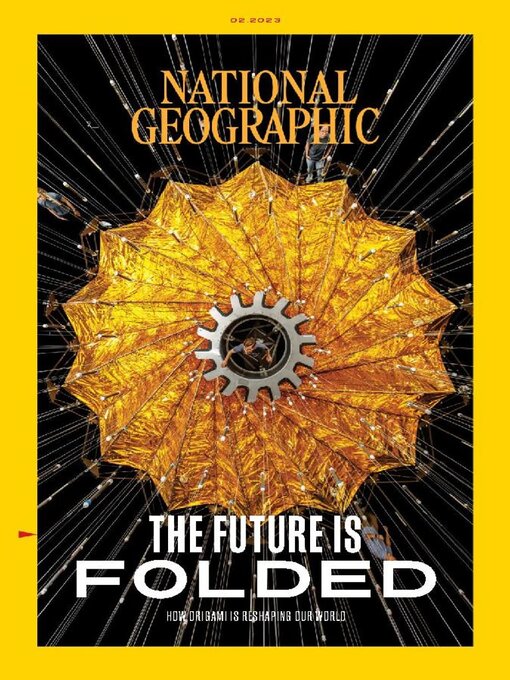
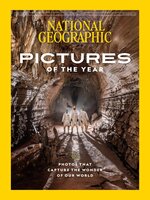 Dec 01 2024
Dec 01 2024
 Nov 01 2024
Nov 01 2024
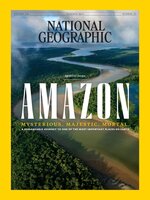 Oct 01 2024
Oct 01 2024
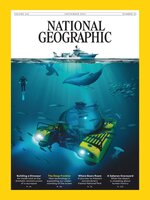 Sep 01 2024
Sep 01 2024
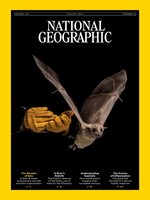 Aug 01 2024
Aug 01 2024
 Jul 01 2024
Jul 01 2024
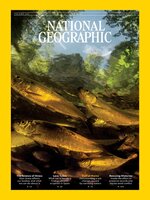 Jun 01 2024
Jun 01 2024
 May 01 2024
May 01 2024
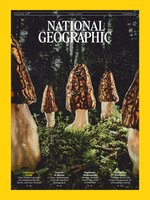 Apr 01 2024
Apr 01 2024
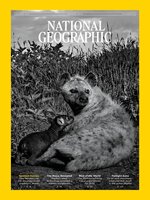 Mar 01 2024
Mar 01 2024
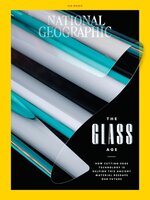 Feb 01 2024
Feb 01 2024
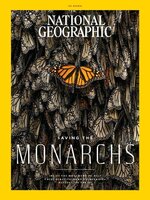 Jan 01 2024
Jan 01 2024
 Dec 01 2023
Dec 01 2023
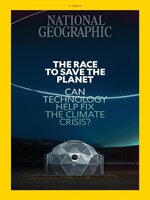 Nov 01 2023
Nov 01 2023
 Oct 01 2023
Oct 01 2023
 Sep 01 2023
Sep 01 2023
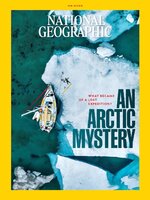 Aug 01 2023
Aug 01 2023
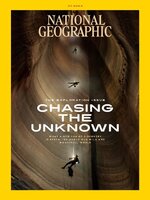 Jul 01 2023
Jul 01 2023
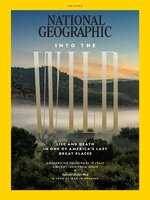 Jun 01 2023
Jun 01 2023
 May 01 2023
May 01 2023
 Apr 01 2023
Apr 01 2023
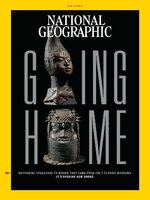 Mar 01 2023
Mar 01 2023
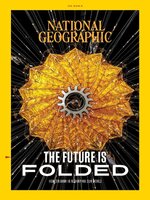 Feb 01 2023
Feb 01 2023
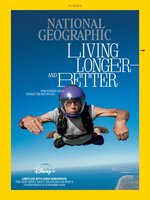 Jan 01 2023
Jan 01 2023
